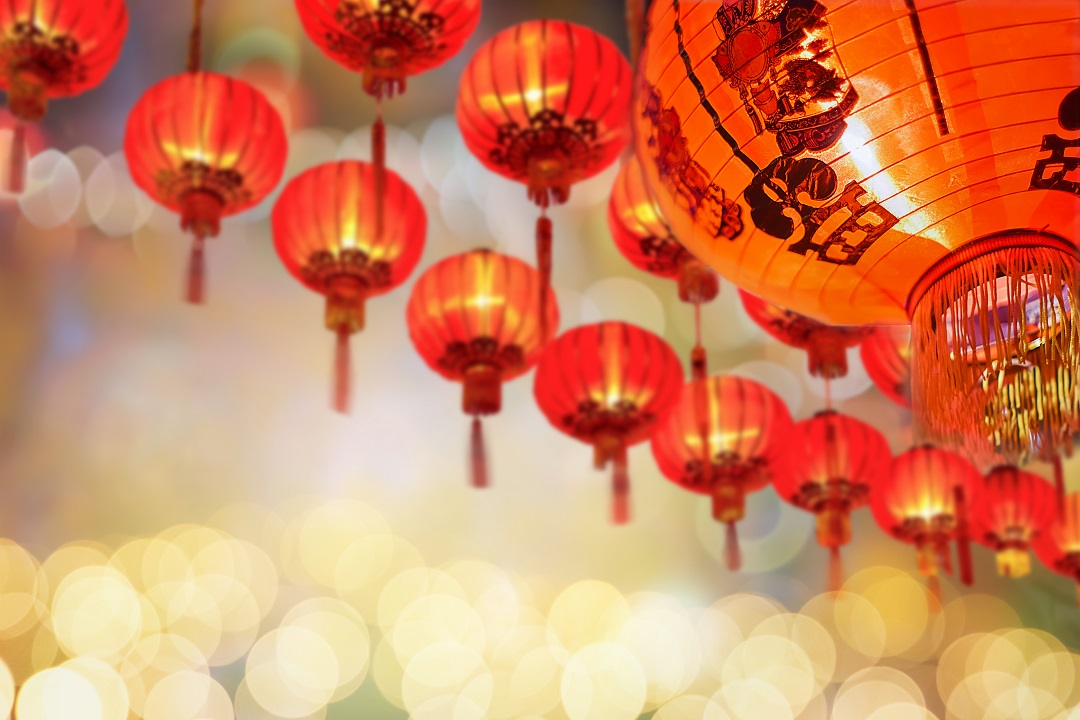It can be tough to keep up with the dietary restrictions of our attendees and employees. Knowing the holy days that are coming up can take effort because dates change each year and not all of them are included in the standard desk or Google calendar. On top of that, it’s hard to know which religious days are observed with dietary restrictions and what those accommodations would look like on a menu.
A religious dietary restrictions calendar is exactly what’s needed. Even though our attendees and employees may not list their religious dietary restrictions and may not provide a handy religious dietary restrictions calendar for our use, it can be helpful to know the days that people might be observing a holiday. It’s not only a way to be respectful but building these observances and religious dietary restrictions into our menus can be a way to bring more inclusion into our events and cafeterias.
Here is a helpful religious dietary restrictions calendar for February:
February 1 – Imbolc
Observance & Dietary Restriction
Imbolc or Candlemas is a Pagan, Wiccan, and Druid festival. It celebrates an anticipation of spring, recovery of the Earth, and is a tribute to Brigid, the goddess of healing. It is also one of four major Celtic celebrations. This is a time of feasting, re-dedication, reflection, and inspiration. It’s often celebrated with an abundance of food, initiations, pledges, and storytelling.
How to include participants
Even though this holiday is about festivals and food, rather than fasting, it can be a great opportunity to integrate spring-themed foods into the menu such as seeds, dairy, and baby greens.
February 3 – Setsubun-sai
Observance & Dietary Restriction
Setsubun-sai is a Japanese holiday that marks the beginning of spring. The literal translation is “seasonal division.” It is also often called the bean-throwing festival because the faithful will scatter roasted soy beans to drive out evil spirits and misfortune while sealing in and preventing any re-emergence and inviting only luck into the coming year.
How to include participants
There aren’t any religious dietary restrictions, but there is one traditional food that might be included on a menu. Eho-maki is a large, uncut piece of maki and the practice originated in Osaka. There are seven deities of good fortune, so the recipe has seven ingredients: simmered maki, shiitake mushrooms, dried gourd, cucumber, rolled omelet, eels, sweet fish powder, and freeze-dried tofu. Eating this roll without cutting it and in total silence will invite a lucky year and the granting of a wish.
 February 5 – Chinese New Year
February 5 – Chinese New Year
Observance & Dietary Restriction
Chinese New Year is a major holiday for Confucians, Taoists, and Buddhists with significant work restrictions. It is a traditional Chinese holiday that brings families together to celebrate with festive meals and other traditions.
How to include participants
This observance means important deadlines, events, and activities should not be scheduled on this date. However, if an event is being held on the Chinese New Year, there are dishes that can recognize the celebration. Spring rolls, dumplings, noodles, steamed fish or chicken, nian gao (rice cake), hot pot and vegetable dishes are all considered lucky dishes. The best opportunity when it comes to dietary restrictions is to recognize that Buddhists and others are typically vegetarian, so maintaining a robust vegetarian section on the menu will ensure everyone has something to eat.
This religious dietary restrictions calendar is for February, but watch for more as thrive! meetings and events takes you through the year. And bookmark this page for future reference!



